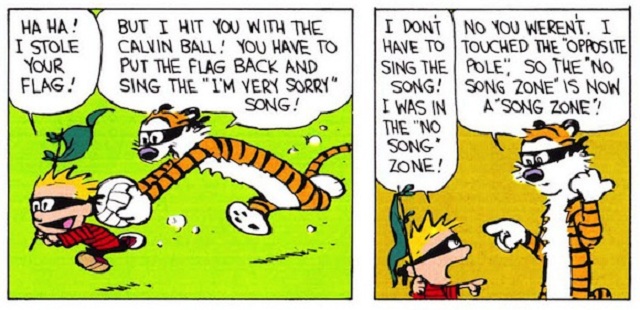
The game Create claims to measure player creativity and reward you for it. But according to Eddy Léja-Six, this game measures creativity by looking at how many of the available tools players use in a given level.
The game features special challenges called “Create Chains”: the player is rewarded for using a specific set of tools in a given level. Apparently, the ambition of Create Chains is to give players many opportunities to be creative, and thus get them to know the available options better. These options are quite comparable to those of a level editor, but they are entirely built-in and use the same interface as the problem-solving gameplay — just as games from the Trackmania series (Nadeo) brilliantly gives players a level editor interface to design the most efficient track they can.
– – –
In fact, creativity is not the Create Chains’ real objective. The real hardcoded objective is “use each of these tools enough”. The player may be rewarded for picking any option and clicking randomly in the scene: the challenge has been completed but there has been no creativity. The challenge is a no-brainer.
Creativity is more than just trying out all the options. Léja-Six argues that puzzles with one solution can provide an opportunity for creativity.
Jonah Lehrer presents Compound Remote Association Problems as a way to identify when and how the creative mind is used. These puzzles have only one solution, but the mind uses inspired idea associations to solve them. A puzzle with only one possible solution may allow a player to find this solution in a creative way.
Puzzles do not try to identify and rate creativity itself. They only care about the solution the players come up with. Not even the deepest puzzle may guarantee the players are going to be creative. It may only give them opportunities for creativity and interesting choices within the gameplay’s endogenous grammar. Games may also encourage and stimulate inspiration by their structure, their level design or their time scale.
For Léja-Six, creativity is too abstract for a computer to measure, but good game design can encourage creative situations. His article goes beyond Scribblenauts and LittleBigPlanet, citing games I’ve rarely seen discussed like Armadillo Run and Dixit. Time to get creative about how we think about creativity in games!